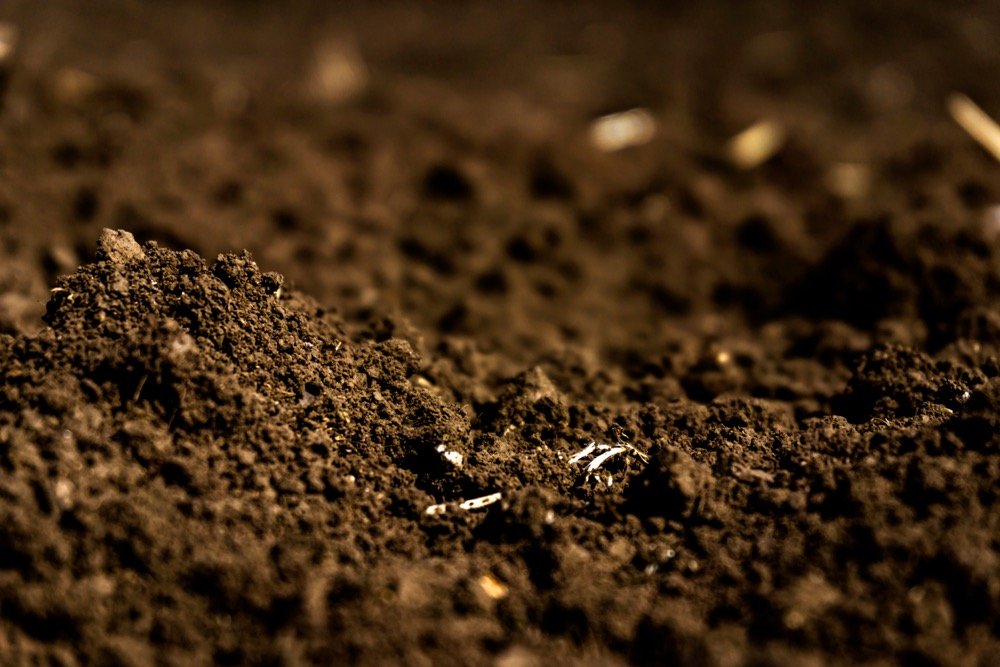Revitalizing soil with manure and cover crops after harvesting wheat

Wheat in a crop rotation provides many benefits, including spreading weather risks that can impact yields and balancing workload more evenly between planting and harvest season. Wheat also provides the opportunity to revitalize the soil; to disrupt pest cycles; alleviate compaction and increase subsequent corn and soybean crop yields. Best of all, wheat in rotation provides the opportunity for livestock farms to apply manure, potentially to fields further from the storage during a part of the season when risk of compaction and nutrient losses are lower. Manure applied with most cover crops provides almost immediate visible benefit from increased biomass growth and deeper colour.
With the wheat harvest currently in progress it’s time to start thinking about which cover crops to plant and integrating the application of manure or other organic amendments. Cover crop goals, type of manure, storage capacity and proximity of storage will influence type of cover crop species and nutrient application decisions. Cover crops such as oats or barley are easiest to manage and are responsive to the addition of organic amendments. Complex cover crop mixtures may add diversity, however with manure there are usually a few dominant species (cereals, brassicas) that outcompete most other species. Two- or three-way mixes are often more economical, especially with liquid manure.
One of the most frequent questions – should the manure be applied before or after the cover crop is planted (See Figures 1, 2 & 3)? This depends on the several things, including soil moisture levels, weather forecasts, weed pressure and equipment and labour availability. Is the seed being broadcast and the manure applied the same day, potentially in one pass? That’s the easiest and probably safest option for maximizing the nutrients, especially from liquid manures. However, high application rate combined with high total salts content (NH4-N, K, Mg, etc.,) and sodium can result in salt injury and reduced emergence. When manure application is planned after the cover crop emerges, it is best to wait for some growth to occur. The greatest amount of damage occurs when the cover crop has just emerged and manure application with relatively narrow spread pattern results in significant wheel track damage to the new seedlings. Manure application – injected or surface applied – in early to mid-September still provides value to growth and help prevent nutrient losses, especially if the nutrients are applied below the crop canopy.
Soil micro-organisms respond to the nutrients from manure, and with the growing cover crop will enhance root systems, provide synergy for biomass production, and enrich the soil. Taking a manure sample during application will provide insight on nutrients (including secondary and micro) applied and will provide guidance for determining commercial fertilizer needs.
Click here to read the full July 21 report on the Field Crop News website.
Source: Farmtario.com

